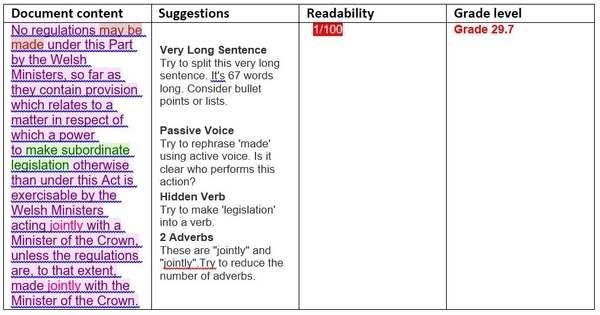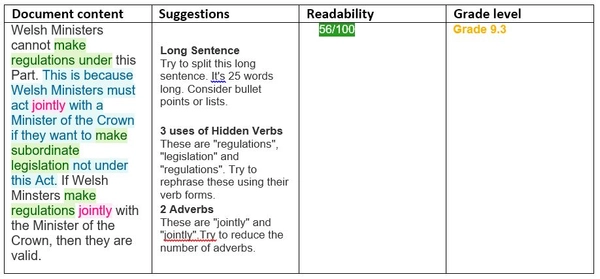The messaging behind the Brexit referendum campaign and subsequent planning has been characterized by bad English and the lack of plain language. It should act as a warning for companies everywhere.
On June 23rd, 2016, the United Kingdom of Great Britain and Northern Ireland went to the polls. The people voted in a referendum on the UK’s membership of the European Union. It was known as the ‘Brexit’ referendum.
It was a monumental election for the UK. People had debated its membership of the EU since joining in 1973. But there was never a vote on leaving the union. The campaign was bitterly contested. Voters needed clear English. However, mixed messages were a feature of the election.F
For example, the Leave campaign ran an ad on the side of a bus, saying: “We send the EU £350 million a week. Let’s fund the NHS instead.” Election promises are as old as the stars, but the stakes here were especially high. The UK voted to leave the union. The man who came up with the bus slogan has since said leaving the EU may be an error.
The language behind the referendum campaign and its aftermath are well worth examining. It was not an exercise in plain English. It is a lesson for professionals in all sectors. Public confidence has already been affected by the UK government’s performance. And the real pain may yet be to come.
Plain language builds understanding
As part of leaving the EU, the UK must redraft much of its legislation. EU law is regulatory and sets general standards. These standards range from consumer protection to workers’ rights. The UK has implemented a number of directly applicable EU regulations. But once the UK leaves the EU these will no longer have any effect. This demands plain language.
This will mean the UK will have to redraft regulations in the business, work and environment sectors. Indeed, the House of Lords EU Financial Affairs Sub-Committee (Committee) has announced it is launching an inquiry into financial regulation and supervision following Brexit. Let’s look at what they’ve come up with so far.
For our analysis, we used VT Writer. It’s a lightweight readability tool for Doc, Web and Text analysis. The helpful thing is that it flags issues at the paragraph level.
The European Union (Withdrawal) Bill will contain much of the information we are looking for. However, it is not finalized. Even still, as it passes through parliament, we can get a feel for the language used. We can see whether this is plain language or bad English.

This is not plain language. This is bad English. There is no other way to describe it. The sentence is too long, resulting in very poor readability and a Grade reading level of 29.7. Yes, you read that correctly.
Let’s try and improve it.

Bad English causes confusion
As we can see, we have improved this piece of text. It is now plain English. The readability has improved by 55 percentage points. The reading level has also dropped by 20 grades to a freshman high school level. This shows just how complex regulatory text can be. It also proves it can be fixed.
Don’t make the mistake of assuming that just because this is regulatory language, it doesn’t apply to the business world. This affects every company and institution that trades with the UK. The need for plain language has never been more acute. But we are seeing the opposite from UK politicians and civil servants.
Clear language is needed for regulations so that people can understand. Already, we are seeing politicians running on that promise. There is no excuse for mixed messages and bad English. People in the UK, and around the world, deserve better.
Takeaways
- The UK referendum on Brexit was a bitterly contested affair that was characterized by mixed messages.
- The UK will have to redraft much of its legislative and regulatory text.
- We analyzed an example of such text and offered fixes to the bad English used.
- We also explained why this plain language matters to companies around the world.
- You can easily score content for plain language by using tools like VT Writer. These tools provide instant reports on problematic content and suggest fixes.
- You can use tools like this for any subject matter, scoring product brochures, blog posts, etc.





